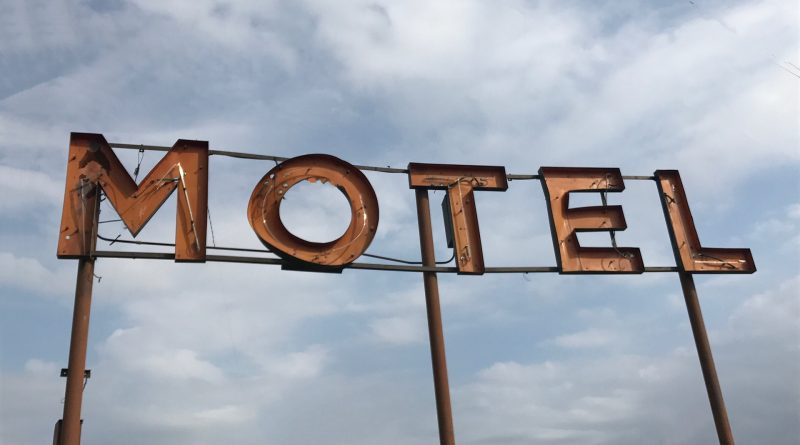Low Income Housing on Hosmer is a NIMBY housing crisis ‘solution’
Converting hotels to low-income does not increase the number of available rental units in Tacoma.
The housing crisis is a hot conversation topic in Tacoma and for good reason. Tacoma does not have enough affordable housing – the median apartment rental price here for a one-bedroom is $1,642, not including utilities and fees. This, combined with the Tacoma City Council decision banning all camping within ten blocks of temporary housing creates a no-win scenario for low-income housing for insecure Tacoma residents. Creating affordable housing units seems to be the obvious solution for this issue.
In October, another investment group filed the permits necessary to convert a motel on Hosmer Street into low-income housing. According to the permit, there will be over 100 rental units priced at about $1,000 a month. This development will fill a needed niche.
Few would disagree that Tacoma needs more low-income housing. However, converting motels to apartments doesn’t fix the housing crisis, nor does it address rising rent prices or supply additional low-income housing. In fact, changing a hotel to an apartment doesn’t even increase the number of available rental units in Tacoma. What this is actually doing is converting low-barrier, low-income housing into high-barrier, low-income housing.
Using the Hosmer Motel 6 as an example, one room costs an average of $80 to $100 a night. Multiply that by 30, you spend about $3000 a month. In contrast, the proposed apartments would run around $1000 a month – three times less than a hotel. However, for some Tacoma residents hotels are the only resource available to them. Hotels don’t require a good credit score or previous rental history and don’t discriminate based on eviction history. Not to mention, saving up a down deposit takes time. If the weather is below freezing, people need shelter that very night.
Hotels are an immediate solution, whereas low-income housing is a long-term solution. We need both – we can’t take one and turn it into another.
Tacoma should also consider whether this is the best location for low-income housing. People who need low-income housing often lack resources that other community members take for granted, namely, a working vehicle. The Hosmer area has a reputation for high violent crime rates and is not a family-friendly neighborhood – the sidewalks are not kept up, there are few parks or public recreation areas, and bus stops are placed far apart. Hosmer area residents are already neglected, and increasing the number of vulnerable residents in this area will stretch an already overtaxed system.
The neglect of the Hosmer Street area is a direct byproduct of the Not In My Backyard (NIMBY) mindset. To have a NIMBY mindset is to support the construction of facilities and resources… as long as it’s not near where you would have to deal with it. Many Tacoma residents support the creation of temporary housing and low-income rentals, but oppose construction in their own neighborhood.
Instead of the Hosmer area, it would be more logical to place a low-income housing development in a wealthier neighborhood such as the Proctor District or Stadium District. These areas have the infrastructure and resources that low-income residents need – a good bus system, high-quality public schools, public parks, and safe walkable streets.
By placing low-income housing in a high-need neighborhood, Tacoma is keeping the housing crisis out of sight of wealthier residents. This is not a long-term solution or a way to provide relief for our unhoused community – Tacoma is keeping one street deeply impoverished as a way to keep it out of others.



